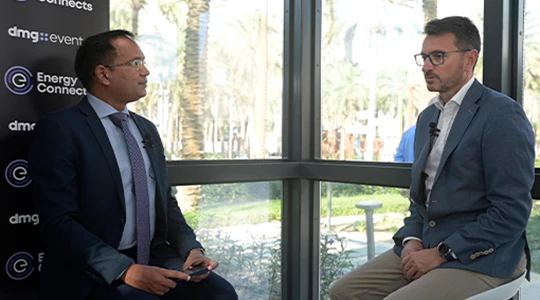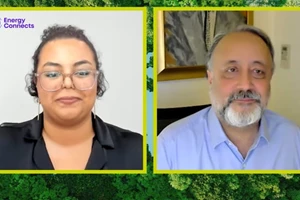Oil Advances After Weekly Slump as Saudi Arabia Jacks Up Prices
(Bloomberg) -- Oil advanced after a weekly drop as Saudi Arabia hiked selling prices for grades to Asia for the third month in a row, signaling confidence in the outlook with the OPEC+ cartel cutting supply.
Brent climbed above $83 a barrel after slumping more than 7% last week to post the biggest loss since February. West Texas Intermediate was around $78. Saudi Aramco raised the June official selling price of its flagship Arab Light grade by 90 cents to $2.90 a barrel above benchmark prices. That compares with an increase of 60 cents forecast in a Bloomberg survey.

Oil sank last week as risks of conflict in the Middle East eased, paring the commodity’s year-to-date gain. OPEC and its allies are widely expected to press on with supply cuts in the second half when they meet next month. Ahead of that, laggards Iraq and Kazakhstan have outlined plans on how they will curb flows to bring output in line with already-agreed-upon quotas.
The “price action has been more supportive in early morning trading today on the back of a hike in Saudi OSPs” amid a tightening physical market, said Warren Patterson, head of commodities strategy at ING Groep NV in Singapore. That’s despite futures having come under pressure as Middle East tensions continued to ease, he added.
Talks over the weekend on a potential truce between Israel and Hamas broke up inconclusively. Options markets, meanwhile, have shed the risk premium as fears of a wider war dissipate. Brent skews are at their most bearish in nearly two months, with the discount of calls to puts at the widest since March.
Brent’s prompt spread — the difference between its two nearest contracts — has eased in recent weeks, but remains in a positive, backwardated structure with near-term barrels more costly than those further out. The gap was 53 cents a barrel, down from 93 cents two weeks ago.
©2024 Bloomberg L.P.
KEEPING THE ENERGY INDUSTRY CONNECTED
Subscribe to our newsletter and get the best of Energy Connects directly to your inbox each week.
By subscribing, you agree to the processing of your personal data by dmg events as described in the Privacy Policy.
More oil news

Oil Steadies as Traders Look to OPEC Report and Inflation Data
May 14, 2024
Australian oil and gas sector breaks revenue records, driving economic growth and energy security
May 14, 2024
Hess Investor HBK to Abstain in $53 Billion Chevron Merger Vote
May 13, 2024
What EU Sanctions on Russian LNG Would Mean for Global Gas
May 13, 2024
Iraq Says It Won’t Agree to More OPEC+ Oil Output Cuts
May 12, 2024
Wildfire Evacuation Alerts Issued for Canadian Oil Sands Hub
May 11, 2024
Oil Extends Two-Day Climb on Renewed Optimism for US Rate Cuts
May 10, 2024
Ten-year production outlook for Canadian oil sands raised again by S&P Global
May 10, 2024
Oil Ticks Higher as Traders Digest Mixed US Inventory Snapshot
May 09, 2024
ADNOC Distribution beats expectations with 18% annual growth in its Q1 results
May 09, 2024
Hydrogen economy set for rapid global growth
May 01, 2024
Public-private energy partnerships critical to hit global net zero targets, says former head of IEA
Apr 25, 2024
Deploying computational chemistry to speed up the energy transition
Mar 18, 2024
Why the energy industry is on the cusp of disruptive reinvention
Mar 12, 2024
Bio-energy to play a key role in shaping the energy transition
Mar 12, 2024
More women in energy vital to the industry’s success
Mar 06, 2024
India’s energy sector presents lucrative opportunities for global companies
Jan 31, 2024
Oil India charts the course to ambitious energy growth
Jan 25, 2024
Maritime sector is stepping up to the challenges of decarbonisation
Jan 08, 2024
COP28: turning transition challenges into clean energy opportunities
Dec 08, 2023Partner content

Ebara Elliott Energy offers a range of products for a sustainable energy economy

Essar outlines how its CBM contribution is bolstering for India’s energy landscape

Positioning petrochemicals market in the emerging circular economy

Navigating markets and creating significant regional opportunities with Spectrum































